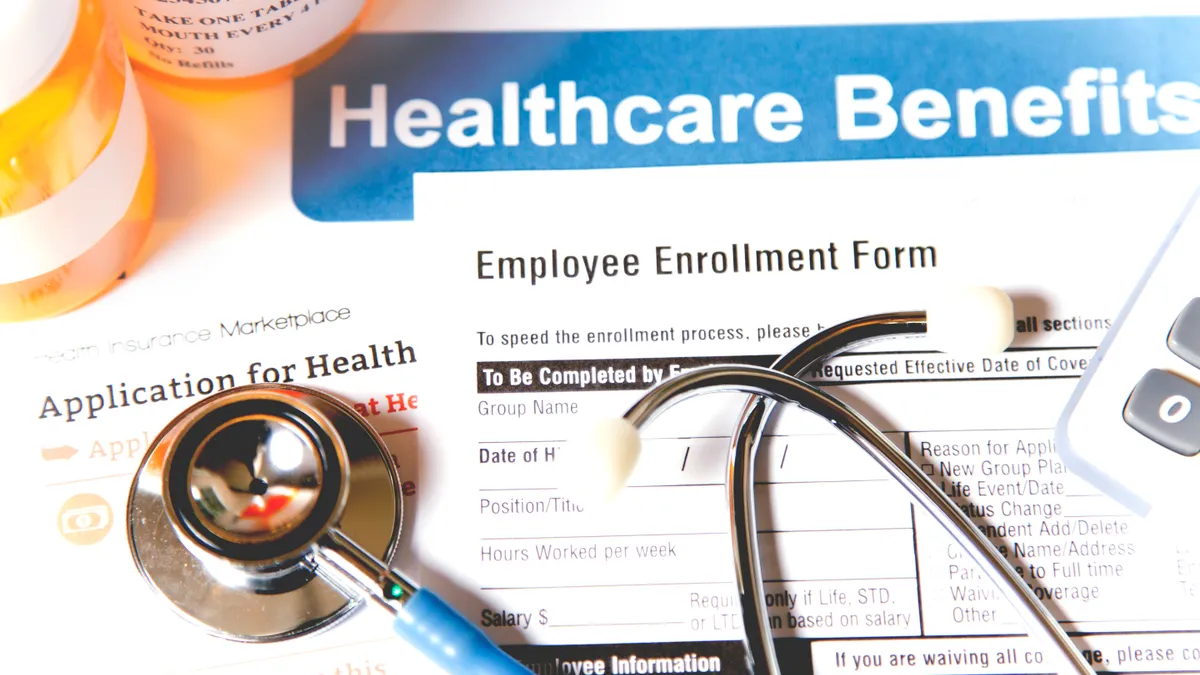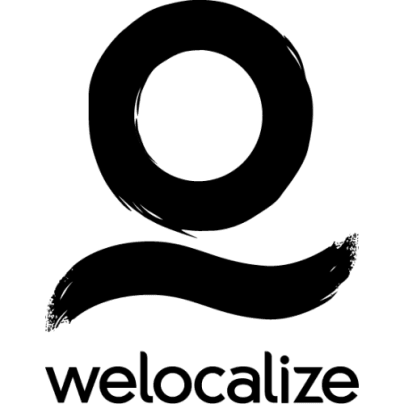Dive Brief:
- Employee health coverage remains a top priority for employers this year, with 88% of the nearly 4,000 HR professionals who responded to SHRM’s benefits survey rating health benefits extremely or very important to their organization.
- The survey, released June 30, captured responses from U.S.-based SHRM members representing organizations with two to more than 50,000 employees in a wide variety of industries and sectors across the U.S., SHRM said. Almost all reported that their organization provides general health plan coverage (97%), dental insurance (99%) and vision insurance (96%).
- Retirement savings and planning benefits (81%) tied with leave benefits (81%) for the fourth consecutive year as the second most important benefits priority for employers, the survey found.
Dive Insight:
In 2025, HR professionals find themselves dealing with complex, contradictory challenges, and this is no less so when it comes to prioritizing employee benefits, which must both attract and retain talent and keep costs in check, recent studies show.
One notable example is the emergence of GLP-1 drug coverage for Type 2 diabetes and weight management. SHRM asked about it for the first time this year.
The drug is popular with employees, and 23% of organizations provide coverage for it, the SHRM survey found.
But it’s expensive — about $700 to $800 per month — and a major contributor to pharmacy costs, the primary reason healthcare expenses are rising, according to a 2024 report by the Business Group on Health.
Rising healthcare costs are the top issue influencing benefit strategies, 90% of almost 700 U.S. employers told WTW in a recent survey.
Almost three-quarters (73%) of employers plan to address high costs by enhancing value or switching to better-value vendors for health, retirement and risk benefits, the survey results, released in June, showed. More than 4 in 10 (44%) employers plan to tackle high-cost medical conditions, and 37% said they plan to adopt a network of preferred medical providers.
As for retirement savings and planning benefits, 93% of the HR professionals who responded to the SHRM survey said their organization offers a traditional 401(k) or similar defined contribution plan. Of those, 85% offer a 401(k) employer match, with an average match of 6.3%, the survey found.
Retirement benefits are critical to a majority of workers across generations, who believe they could work until retirement and still not have enough money saved to meet their needs, according to a June report from the Transamerica Center for Retirement Studies and Transamerica Institute.
Access to meaningful employment with retirement benefits throughout their working years is the single most important ingredient for workers to achieve a financially secure retirement, the CEO of Transamerica Institute stated.
Discouragingly for employees with student loan debt, only 4% of SHRM survey respondents said their employer matches 401(k) or 403(b) contributions based on an employee’s student loan repayment, a benefit made possible by the SECURE Act 2.0, SHRM found.
Also, despite the risk of losing talent without paid caregiver leave, especially for employees in the “sandwich generation,” according to a June report from Prudential, paid leave for care for immediate family members and extended families took a step back in 2025, dropping to 31% and 17% respectively, the SHRM survey showed.














